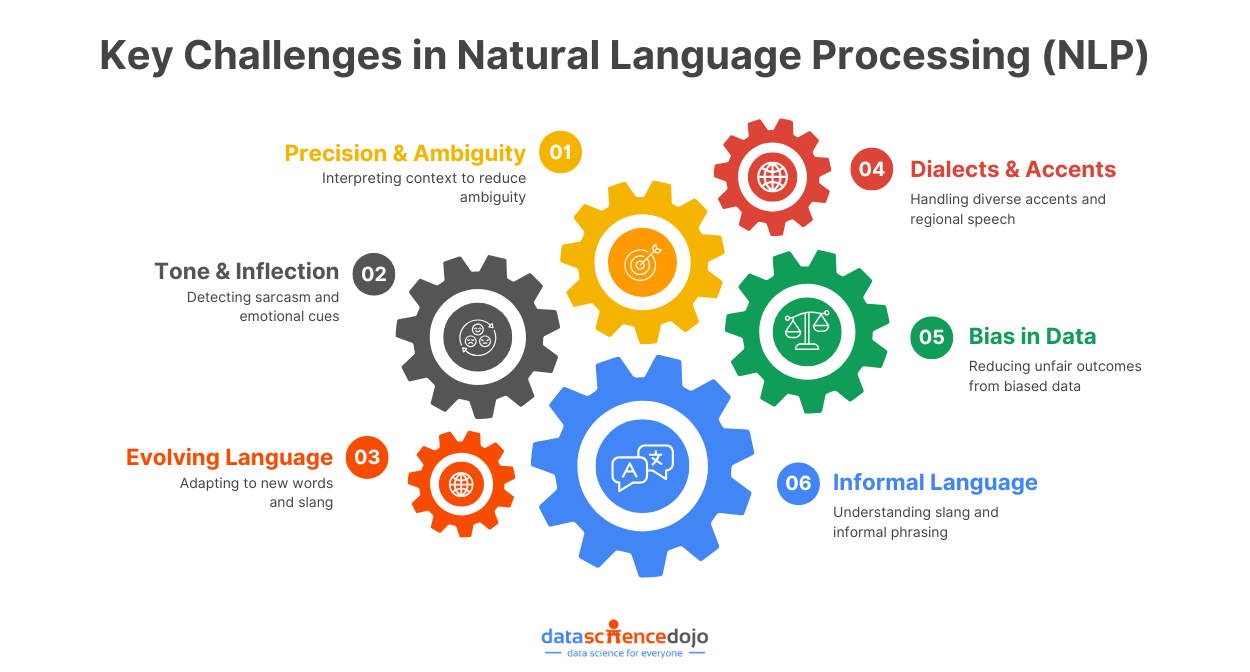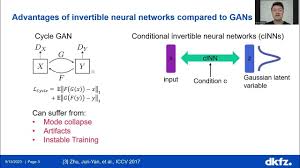Evolutionary Neural Networks: Mimicking Nature to Enhance Artificial Intelligence
Neural networks have revolutionized the field of artificial intelligence, enabling machines to learn from data and make decisions in a way that mimics the human brain. These networks are composed of interconnected nodes, or “neurons,” that process information and adapt their connections based on input and feedback.
One innovative approach to enhancing neural networks is through the use of evolutionary algorithms. Inspired by the principles of natural selection and survival of the fittest, evolutionary neural networks evolve and improve over time through a process of genetic algorithms.
How does it work? In evolutionary neural networks, a population of individual neural network models is created with random characteristics. These models are then evaluated based on their performance on a specific task or problem. The models that perform best are selected to “reproduce” by passing on their genetic information (i.e., network structure and parameters) to create a new generation of models.
Through successive generations, the neural network models evolve and adapt to become more efficient and effective at solving the given task. This process allows for the exploration of a wide range of network architectures and parameters, leading to the discovery of novel solutions that may not have been apparent through traditional methods.
The use of evolutionary algorithms in neural networks has shown promising results in various applications, such as image recognition, natural language processing, and game playing. By harnessing the power of evolution, researchers are able to push the boundaries of artificial intelligence and create more intelligent systems that can learn and adapt in complex environments.
In conclusion, evolutionary neural networks offer a fascinating glimpse into how nature-inspired algorithms can enhance the capabilities of artificial intelligence systems. By combining the principles of evolution with neural network technology, researchers are unlocking new possibilities for creating intelligent machines that can learn, evolve, and solve increasingly complex problems.
Top 7 FAQs About Evolutionary Neural Networks
- What is an evolutionary neural network?
- How do you create an evolutionary neural network?
- Is a neural network an evolutionary algorithm?
- How to make an evolving neural network?
- What is evolutionary deep intelligence?
- What are the 3 different types of neural networks?
- What is an example of neuroevolution?
What is an evolutionary neural network?
An evolutionary neural network is a type of artificial intelligence model that combines the principles of neural networks with evolutionary algorithms to optimize its structure and parameters. Unlike traditional neural networks, which rely on gradient-based methods for training, evolutionary neural networks use a process inspired by natural selection. This involves creating a population of diverse neural network models, evaluating their performance on a specific task, and then selecting the best-performing models to “reproduce” by combining and mutating their characteristics to create new generations. Over successive iterations, this evolutionary process leads to the development of highly optimized neural network architectures that are better suited for complex problem-solving tasks.
How do you create an evolutionary neural network?
Creating an evolutionary neural network involves a multi-step process that leverages the principles of genetic algorithms to evolve and optimize the network over successive generations. To begin, a population of individual neural network models is generated with random parameters and architectures. These models are then evaluated based on their performance on a specific task or problem, such as image recognition or language translation. The models that exhibit the best performance are selected to “reproduce” by passing on their genetic information through processes like crossover and mutation. This results in the creation of a new generation of neural network models that inherit beneficial traits from their predecessors while introducing variations for further exploration and improvement. Through this iterative process of evaluation, selection, reproduction, and mutation, evolutionary neural networks evolve to become more efficient and effective at solving complex tasks.
Is a neural network an evolutionary algorithm?
A neural network is not an evolutionary algorithm, but the two can be combined to create a powerful hybrid approach known as an evolutionary neural network. A neural network is a computational model inspired by the human brain’s structure and function, consisting of interconnected nodes or neurons that process and learn from data. On the other hand, an evolutionary algorithm is a type of optimization technique inspired by natural selection, where potential solutions to a problem evolve over successive generations based on their performance. By integrating these two concepts, evolutionary neural networks utilize evolutionary algorithms to optimize the architecture and parameters of neural networks, thereby enhancing their ability to learn and adapt more effectively. This fusion leverages the strengths of both methodologies to tackle complex problems in artificial intelligence.
How to make an evolving neural network?
To create an evolving neural network, one can utilize evolutionary algorithms to simulate the process of natural selection and genetic evolution within the network. Initially, a population of neural network models with random structures and parameters is generated. These models are then evaluated based on their performance on a specific task or problem. The top-performing models are selected to reproduce by passing on their genetic information, such as network architecture and connection weights, to create a new generation of networks. Through this iterative process of selection, reproduction, and mutation, the neural network evolves over time to become more efficient and effective at solving the given task. By incorporating evolutionary principles into the design and training of neural networks, researchers can create evolving systems that continuously adapt and improve their performance in response to changing environments or requirements.
What is evolutionary deep intelligence?
Evolutionary Deep Intelligence (EDI) is an advanced concept that combines the principles of evolutionary algorithms with deep learning techniques to enhance the performance and efficiency of neural networks. In EDI, a population of deep neural network models is evolved over time using genetic algorithms, which simulate the process of natural selection. This approach allows for the exploration and optimization of complex network architectures and hyperparameters, leading to the discovery of highly effective models that can adapt to various tasks. By leveraging the power of evolution, EDI aims to create more robust, efficient, and intelligent deep learning systems capable of tackling a wide range of challenges in fields such as computer vision, natural language processing, and autonomous systems.
What are the 3 different types of neural networks?
In the realm of neural networks, there are three primary types that are commonly recognized: feedforward neural networks, recurrent neural networks, and convolutional neural networks. Feedforward neural networks are the simplest form, where information flows in one direction without loops or cycles. Recurrent neural networks, on the other hand, have connections that form cycles and allow for feedback loops, making them well-suited for tasks involving sequential data. Convolutional neural networks are specialized for processing grid-like data structures, such as images, by using convolutional layers to extract features and pooling layers to reduce dimensionality. Each type of neural network has its own strengths and applications, catering to different types of data and tasks within the field of artificial intelligence.
What is an example of neuroevolution?
Neuroevolution, a subfield of artificial intelligence and machine learning, involves using evolutionary algorithms to train neural networks. An example of neuroevolution is the NeuroEvolution of Augmenting Topologies (NEAT) algorithm. NEAT starts with a population of simple neural networks and evolves them over generations by mutating and recombining their structures to improve performance on a given task. Through this process, NEAT is able to discover novel network architectures that can adapt and learn efficiently, showcasing the power of evolutionary principles in enhancing neural network capabilities.



